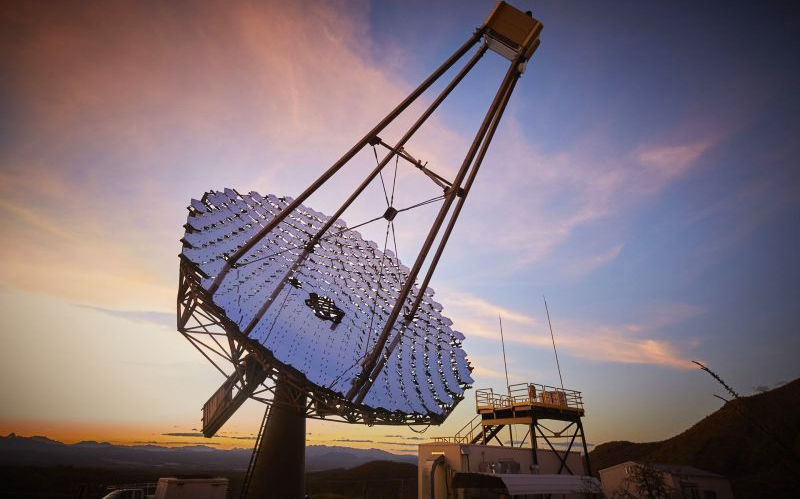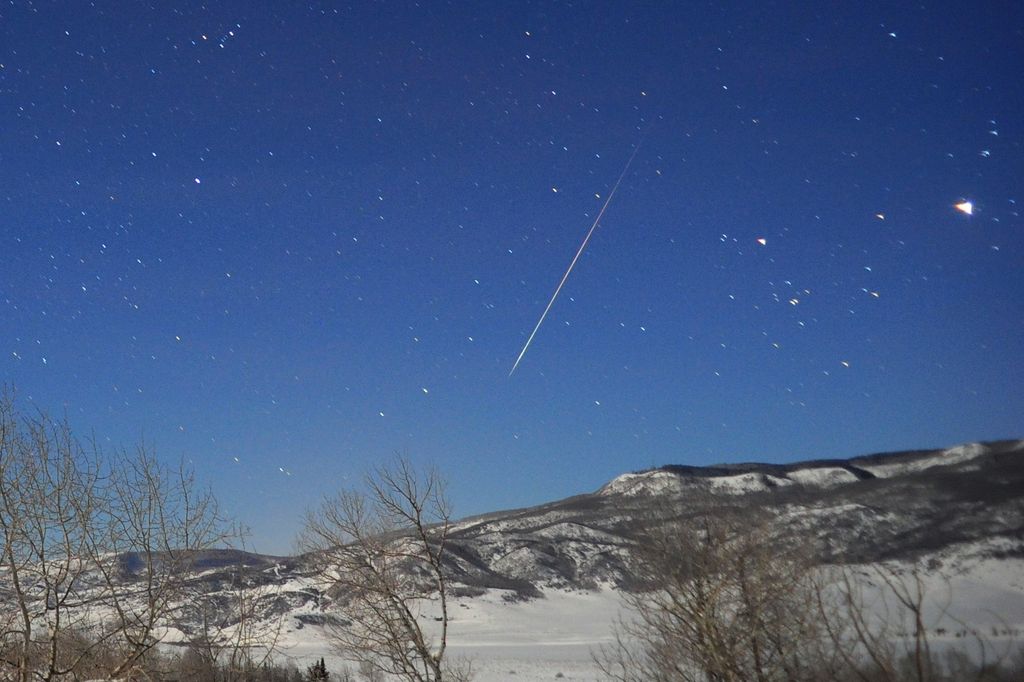
Just landing on the moon is tricky. Humans will need to make the most of the moon's resources, such as water ice, if they plan to live there. Skylights on the lunar surface – small pits possibly connected to lava tubes – might provide access to water ice and also offer protection from harsh temperature swings and radiation. Pascal Lee, a planetary scientist at the SETI Institute and the Mars Institute, identified lunar skylights in 2018 based on analysis of imaging data from NASA's Lunar Reconnaissance Orbiter (LRO).
Some researchers hope the skylights indicate interconnected tubes, though Lee noted in a Space.com article, "not all pits on the moon are necessarily lava tube skylight… [and] not all lava tubes in a given region should be expected to be interconnected." Further:
"We don't know how rough lava tubes on the moon might be, but the term underground roadway seems optimistic," Lee said. "In any case, in my view, it's not that pits on the moon would lead to a maze of underground corridors that makes them most interesting—although that is fascinating—but the fact that they give access to an environment that's radically different from the surface, whatever shape that underground environment might have."
More information is needed to assess the underground cavities on the moon entirely. Lee has led efforts to map lava tubes and ice caves on Earth using drones capable of autonomous navigation. His goal is to develop future systems for surveying similar structures on the Moon and Mars.
- Space.com: Living Underground on the Moon: How Lava Tubes Could Aid Lunar Colonization
- SETI.org: Possible Lava Tube Skylights Discovered Near the North Pole of the Moon
 Search for Laser Signals May Reveal Extraterrestrial Technology
Search for Laser Signals May Reveal Extraterrestrial TechnologyWhile radio signal searches have been a staple of modern SETI research, the new frontier of the search for extraterrestrial intelligence involves searching for optical signals. Brief and powerful laser flashes might conceivably be used for interstellar communications, as SETI Institute Senior Astronomer Seth Shostak explained to Inverse:
"You can send even more bits per second on a light beam than on a radio beam. It's just because it's at higher frequency. So that's just all pretty straightforward physics, but I think that the point has been in the past that it was difficult to produce a light source that was intense enough to actually generate the signal that could be easily detected."
Breakthrough Listen is a scientific research project to search for intelligent extraterrestrial communications in the Universe. Together with the VERITAS Collaboration (Very Energetic Radiation Imaging Telescope Array System), Breakthrough Listen recently announced a new partnership to enhance the search for optical technosignatures. Andrew Siemion leads the Breakthrough Listen team at U.C. Berkeley and holds the Bernard M. Oliver Chair of SETI Research at the SETI Institute. He explained to Forbes why extraterrestrials might use laser technology for communication:
"Optical communication has already been used by NASA to transmit high definition images to Earth from the Moon, so there's reason to believe that an advanced civilization might use a scaled-up version of this technology for interstellar communication."
While the potential of optical SETI searches is exciting, Shostak warned Inverse that we shouldn't abandon radio searches just yet:
"Typically a radio antenna will have a much broader beam. It'll be sending that signal to a much bigger patch on the sky than a laser transmitter, which might only target one star system at a time. So there's somewhat greater hope that you might be in the beam of a radio signal than in the beam of a laser."
- Inverse: Aliens Might Use High-Powered Lasers to Let Us Know Where They Are
- Forbes: Hunt For 'Alien Laser Flashes' Underpins New Search For Intelligent Life In The Universe
 The Shooting Stars of Summer
The Shooting Stars of SummerAn article on Space.com reminded readers that mid-August is the time to catch a glimpse of the Perseid meteor shower. Other meteor showers may be visible during this time as well. According to SETI Institute Senior Research Scientist Peter Jenniskens, the Kappa Cygnids meteor shower (which will peak near August 17) was created when a comet broke up several thousand years ago.
For a gorgeous visual of the Perseid meteor shower and more, visit meteorshowers.org, which uses data from Jenniskens's research.
- Space.com: Catch a Shooting Star with 2019's Summer Meteor Showers
- Space.com: Summertime Balls of Fire
In last week's episode, imagine the future with help from Hollywood in an encore episode of Sci-Fi From the Future. On our previous week's episode, reconnect with your inner social animal with Let's Stick Together.
Last time on Facebook Live, join SETI Institutes Senior Astronomer Seth Shostak in an exploration of the troubling question: why do people think the Earth is flat? Videos of all past Facebook Live events are on our Facebook page: https://www.facebook.com/SETIInstitute/





